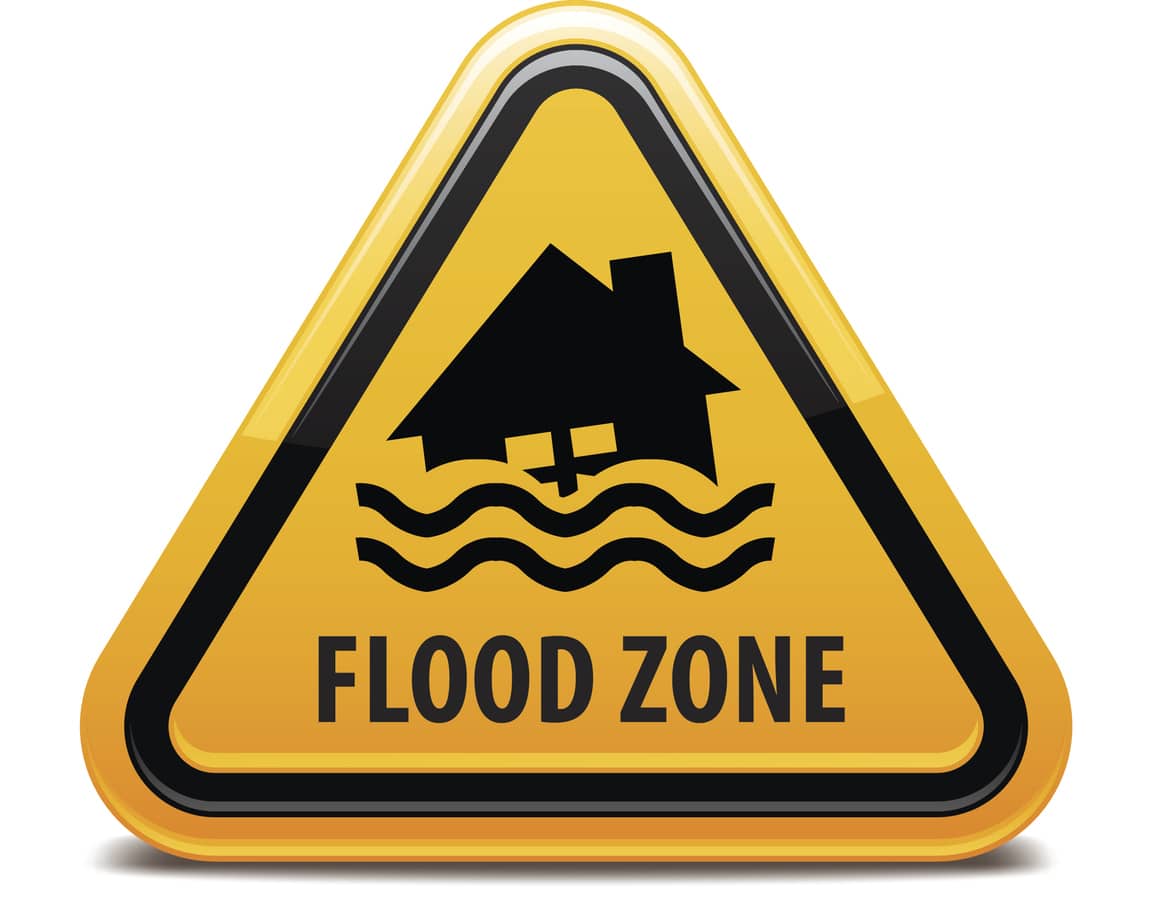According to a recent New York Times article, home sales in flood-prone areas are booming, as buyers, despite the growing risks of climate change, are increasingly willing to take on the financial and physical challenges of living in flood zones.
For the insurance industry, there are several key implications:
1. Increased Demand for Flood Insurance
As more homeowners move into flood zones, the demand for flood insurance will rise, particularly as mortgages in these areas require it. However, many buyers (especially cash buyers) might forgo flood insurance, leaving them exposed to significant financial risks. Insurers could face new market opportunities in promoting flood insurance policies, but they also face the challenge of educating consumers about the risks of not being insured.
2. Rising Costs for Insurers
Flood-prone homes pose a higher risk to insurers. With the increasing frequency of extreme weather events, insurers may need to increase premiums for flood insurance policies, making them more expensive for homeowners. This may drive up the cost of claims as floods become more common, leading to more payouts for damages and repairs.
3. Underwriting Challenges
Insurers will need to reassess how they underwrite policies in flood-prone areas, taking into account the changing landscape of climate risks. Stormwater flooding, which is not always accounted for in FEMA maps, presents a significant challenge. Insurers may need to use updated data and technology to assess risk more accurately.
4. Increased Regulatory Scrutiny
With the new state law requiring sellers to disclose a home’s flood history, the insurance industry may face increased scrutiny to ensure that flood insurance policies are adequately marketed and offered to those in need. Regulatory requirements may also shift, especially regarding how flood risk is communicated to consumers.
5. Risk of Uninsured Losses
As some buyers, particularly immigrants or those paying cash, opt out of purchasing flood insurance, insurers may see a rise in uninsured or underinsured losses. This creates a moral hazard where homeowners could rely on government disaster relief rather than private insurance.
6. Market Segmentation Opportunities
The growing population of immigrants and cash buyers in these areas presents an opportunity for insurers to create customized products, targeting underserved communities that might not be aware of or inclined to purchase traditional flood insurance. Education and targeted marketing could be critical in addressing these segments.
7. Increased Pressure on Reinsurance
With the rising number of properties exposed to flood risks, reinsurance companies may face higher liabilities. Primary insurers will likely pass on some of the risks to reinsurers, which could result in a ripple effect of increased reinsurance costs.
8. Public-Private Collaboration
As flood risks continue to rise, the insurance industry may need to collaborate more closely with government agencies like FEMA to offer incentives for homeowners to mitigate flood risks, such as elevating homes or making other flood-resistant improvements. These partnerships could also explore innovative ways to manage large-scale risks through managed retreat programs or disaster preparedness efforts.
Overall, the insurance industry will need to adapt to the rising trend of home purchases in flood zones by developing more robust flood risk products, educating consumers, adjusting pricing models, and preparing for higher claims costs and regulatory pressures.













